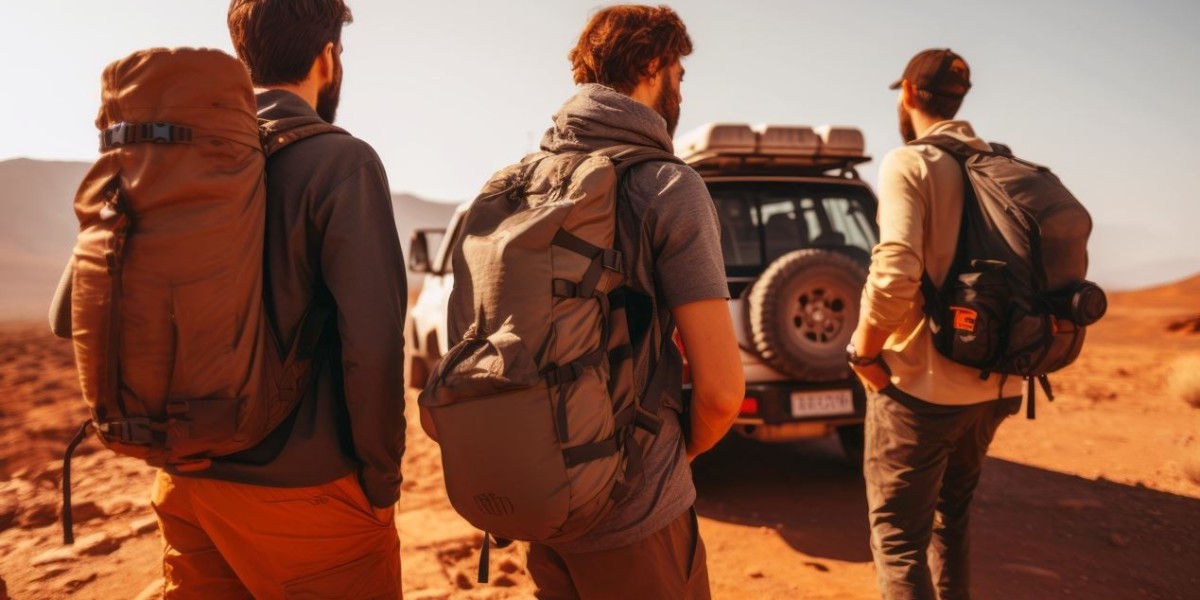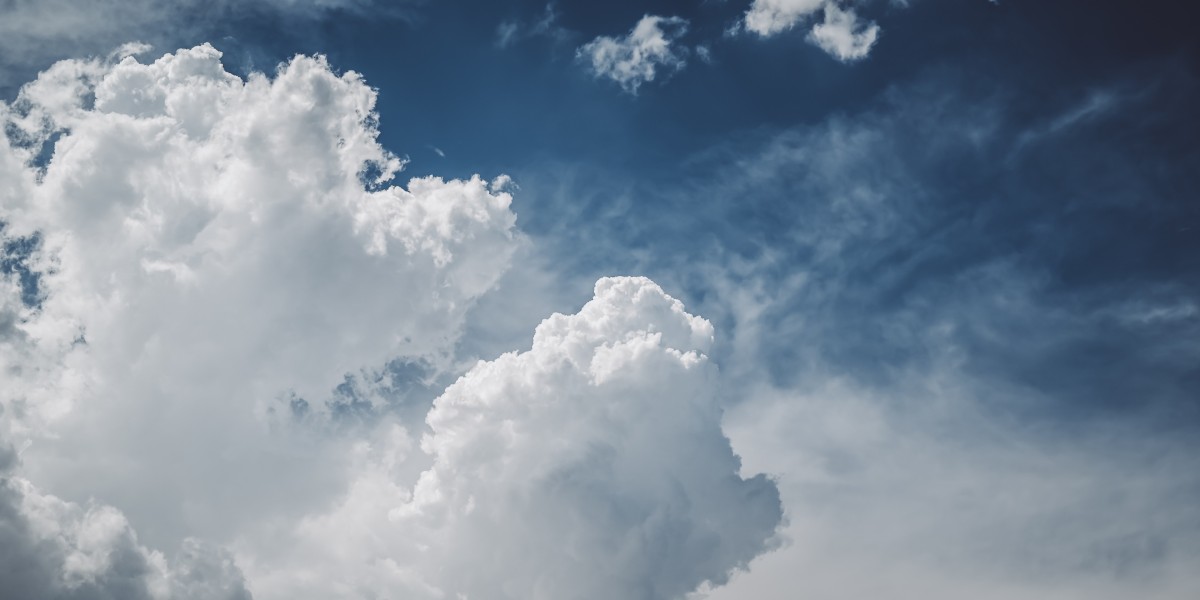Introduction
The Allure of Moroccan Trekking
Morocco's unique blend of cultural richness and natural beauty makes it a top destination for trekking enthusiasts. The country's varied topography includes mountains, deserts, and coastal regions, each offering its own distinct trekking experience. Whether you're looking to summit North Africa's highest peak or wander through ancient Berber villages, Morocco has something to offer.
Best Time to Trek in Morocco
Timing is crucial when planning a trekking trip to Morocco. The best time to trek in the Atlas Mountains is during the spring (April to May) and fall (September to October) when the weather is mild and the landscapes are lush. The summer months (June to August) can be extremely hot, especially in the desert regions, while winter (November to February) can bring snow and cold temperatures to the mountains, making some routes impassable.
Popular Trekking Routes
Mount Toubkal
Mount Toubkal, located in the High Atlas Mountains, is the highest peak in North Africa, standing at 4,167 meters (13,671 feet). The trek to the summit is challenging but rewarding, offering stunning views of the surrounding mountains and valleys. The most popular route is the two-day trek from Imlil, a small village that serves as the starting point for many trekking adventures.
Aït Bougmez Valley
The Aït Bougmez Valley, also known as the "Happy Valley," is a serene and picturesque area in the Central High Atlas. This trek is perfect for those looking to experience traditional Berber culture and enjoy scenic landscapes without the strenuous effort required for high-altitude trekking. The valley is dotted with terraced fields, ancient villages, and walnut groves.
M'Goun Massif
The M'Goun Massif is another popular trekking destination in the High Atlas Mountains. The trek to the summit of M'Goun, which stands at 4,071 meters (13,356 feet), is less crowded than Toubkal, making it an excellent choice for those seeking a more solitary experience. The route offers breathtaking views of the M'Goun Gorge and the surrounding landscapes.
Jebel Sirwa
Located between the High Atlas and the Anti-Atlas Mountains, Jebel Sirwa is known for its rugged terrain and dramatic scenery. This volcanic massif is less frequented by trekkers, providing a sense of adventure and isolation. The trek to the summit involves navigating rocky paths and steep ascents, but the panoramic views from the top are well worth the effort.
Tafraout and the Anti-Atlas
The Anti-Atlas Mountains, with their unique rock formations and stunning vistas, offer a different kind of trekking experience. The town of Tafraout serves as a gateway to this region, where trekkers can explore trails that wind through granite boulders, palm groves, and traditional Berber villages. The area is particularly beautiful in the spring when the almond trees are in bloom.
Sahara Desert
Trekking in the Sahara Desert is a surreal and unforgettable experience. Camel treks are the most popular way to explore the vast dunes, with trips ranging from a few hours to several days. One of the most famous destinations is the Erg Chebbi dunes near Merzouga, where you can witness stunning sunrises and sunsets over the golden sands.
Paradise Valley
Paradise Valley, located near the coastal city of Agadir, is a lush oasis surrounded by rocky cliffs and palm groves. The valley offers several trekking routes, ranging from easy walks to more challenging hikes. The natural pools and waterfalls along the way provide perfect spots to cool off and relax.
Preparing for Your Trek
Physical Fitness
Trekking in Morocco can be physically demanding, especially at higher altitudes. It's essential to prepare your body for the journey by engaging in regular cardiovascular exercise and strength training. Hiking, running, and cycling are excellent ways to build endurance and stamina.
Gear and Equipment
Having the right gear is crucial for a successful trekking experience. Essential items include:
- Sturdy hiking boots: Ensure they are well broken-in to prevent blisters.
- Layered clothing: The weather can vary significantly, so dress in layers to stay comfortable.
- Backpack: A good-quality backpack with a supportive frame and comfortable straps.
- Sleeping bag and mat: Essential for multi-day treks.
- Water bottles and purification tablets: Staying hydrated is crucial, especially in the desert.
- First aid kit: Include basic medical supplies and any personal medications.
- Sun protection: Hat, sunglasses, and sunscreen are essential, especially in the desert.
Acclimatization
Altitude sickness can be a concern when trekking in the High Atlas Mountains. To acclimatize properly, take your time to ascend gradually, stay hydrated, and listen to your body. If you experience symptoms such as headache, nausea, or dizziness, descend to a lower altitude and rest.
Hiring a Guide
While it's possible to trek independently, hiring a local guide can enhance your experience significantly. Guides are knowledgeable about the terrain, weather conditions, and local culture, and they can help ensure your safety. Additionally, hiring a guide supports the local economy and provides employment opportunities for the Berber communities.
Cultural Considerations
Morocco is a predominantly Muslim country with rich cultural traditions. When trekking in rural areas and Berber villages, it's important to respect local customs and dress modestly. Learning a few basic phrases in Arabic or Berber can also go a long way in fostering positive interactions with locals.
Sustainable Trekking Practices
As more people discover the beauty of trekking in Morocco, it's crucial to practice sustainable tourism to preserve the natural environment and support local communities. Here are some tips for responsible trekking:
- Leave no trace: Pack out all your trash and avoid disturbing wildlife.
- Support local businesses: Stay in locally-owned accommodations, eat at local restaurants, and buy from local artisans.
- Conserve water: Water is a precious resource, especially in the desert, so use it sparingly.
- Respect cultural heritage: Avoid touching or climbing on ancient structures and rock formations.
Conclusion
Trekking in Morocco offers an incredible opportunity to explore some of the most stunning and diverse landscapes in the world. From the towering peaks of the Atlas Mountains to the vast expanses of the Sahara Desert, each trekking route provides a unique adventure filled with breathtaking views and cultural experiences. By preparing adequately, respecting local customs, and practicing sustainable tourism, you can ensure that your Moroccan trekking experience is both enjoyable and responsible. So lace up your hiking boots, pack your backpack, and get ready to embark on an unforgettable journey through the heart of Morocco.













